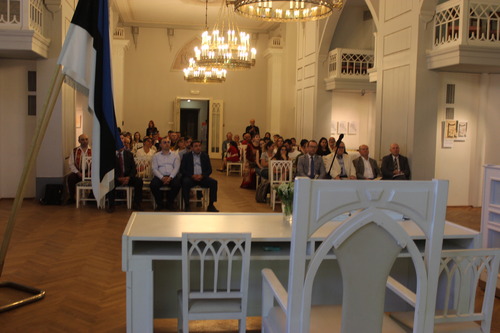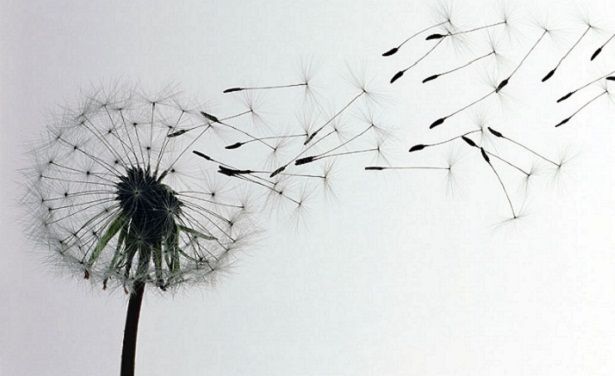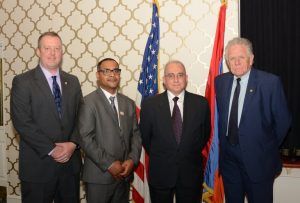University of Tartu hosts exhibition of Armenia’s historic maps

On May 22, the Museum of the University of Tartu hosted the solemn opening ceremony of the exhibition of historic maps of Armenia. The event was planned and organized by the Embassy of the Republic of Armenia in Estonia (seat in Vilnius) and the administration of the University of Tartu with the support of the Armenian National Union of Estonia and the Armenian community of Tartu.
In his opening remarks, RA Ambassador to Estonia Tigran Mkrtchyan presented the collection of maps of Armenia compiled by historian Ruben Galichyan, starting from the 6th century B.C. and leading up to the 20th century. The Ambassador stated that in the Middle Ages, the names of countries were very often brought into compliance with the places of residence of peoples and added that even though Armenia was not an independent state for nearly 650 years (1375-1918), international cartographers would continue to refer to the Armenian Highland as “Armenia”. This approach gradually changed only after the Armenian Genocide when the Armenian people ceased to exist in the large part of their historic homeland. In closing, Tigran Mkrtchyan stated that, in essence, the 50 exhibited maps show the major milestones in the history of the Armenian people and serve as the best way of presenting Armenian history to foreigners.
In his speech, Mayor of Tartu Urmas Klaas expressed satisfaction with such a cognitive exhibition and added that the Armenian people have an extremely rich history that needs to be regularly presented to foreigners. Urmas Klaas also stated that the large cross-stone symbolizing the friendship between Armenia and Estonia is located in Tartu and was placed in one of the major sectors of the city in 1978.
Acting Rector of the University of Tartu Tinu Lehtsar stated that the idea of holding the exhibition was approved during one of the meetings of the late Rector of the University of Tartu Volly Kalm and Ambassador of the Republic of Armenia to Estonia Tigran Mkrtchyan and that he was more than glad that Kalm’s desire was fulfilled. Tinu Lehtsar also stressed that Khachatur Abovyan continues to symbolize the Armenian-Estonian friendship and that one of the major classrooms of the University is named after the great Armenian intellectual and is where the bust of Khachatur Abovyan is placed.
In her turn, Director of the Museum of the University of Tartu Mariann Raisma stated that what is very important is holding the exhibition of historic maps at this historic venue. “Here one can learn about not only the past 800 years of Tartu, but also the centuries-old history of the Armenian people through world cartography.”
Members of the Armenian community of Tartu performed numbers before and after the exhibition, the official opening of which was followed by a reception. The exhibition, which is entitled “Armenia in Ancient Maps”, will run until June 3.




 Արևելահայերեն
Արևելահայերեն Արևմտահայերեն
Արևմտահայերեն Русский
Русский






